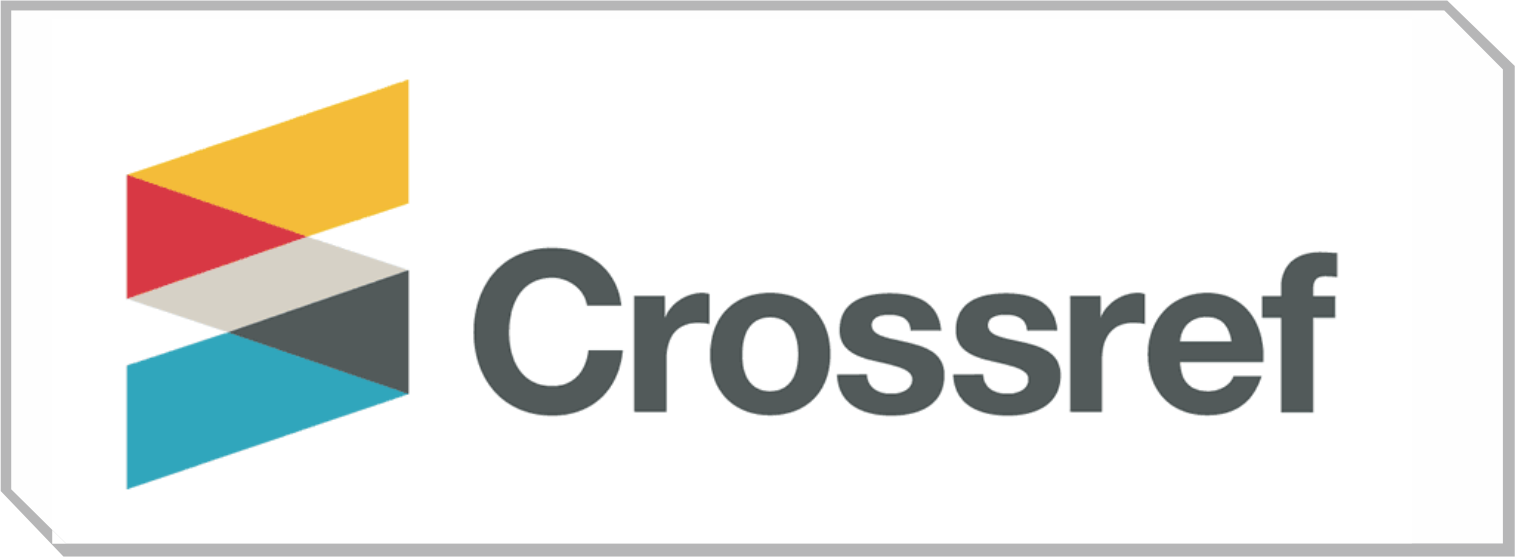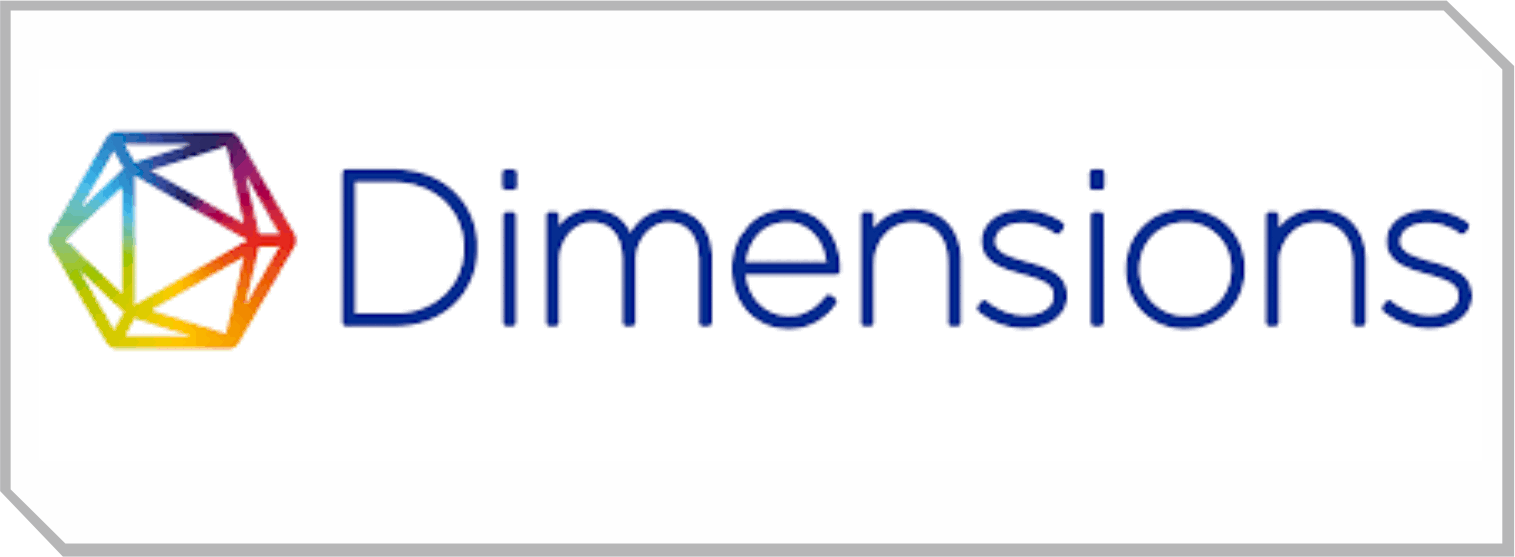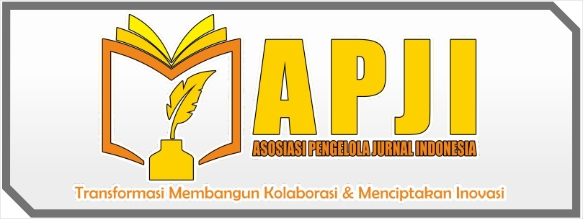Upaya Pengelolaan Dan Pemanfaatan Dalam Air Limbah Domestik Tekstil Pencetakan Kain di PT X
DOI:
https://doi.org/10.58192/unitech.v3i1.1874Keywords:
Fabric Printing Industry Waste 1, Waste Processing 2, RTH 3Abstract
The fabric printing industry makes a major contribution to various kinds of textile products, its by-products, liquid waste, require special attention in environmental management.
Most of the liquid waste originating from the fabric printing industry consists of dyes, solvents and other processing chemicals. To prevent negative effects on water quality and the surrounding environment, managing this waste is very important. To achieve sustainability, advances in liquid waste processing technology are very important. The solution to reduce the impact of liquid waste from the fabric printing industry is an advanced purification process. PT. X to reduce polutan parameter such BOD, COD , TSS, Ammonia and Total Colidform by. 90%, 95%, 95%, 85%, 20%, 90% And meets the specified quality standards. Because the pH parameters still meet existing quality standards, processing is focused on reducing the organic parameters which are quite high. The results of the process will be used again for flushing activities in green open spaces and for washing operational vehicles.
References
Peraturan Menteri Lingkungan Hidup dan Kehutanan Nomor 5 Tahun 2021 tentang Tata Cara Penerbitan Persetujuan Teknis dan Surat Kelayakan Operasional Bidang Pengendalian Pencemaran Lingkungan.
Peraturan Menteri Lingkungan Hidup danKehutanan Nomor 68 Tahun 2016 tentangBaku Mutu Air Limbah Domestik
Rosadi, S. N. S., Mutiari, D., Yuliarahma, T., &
Madania, A. A. (2021). Pemanfaatan Air Bekas Cuci Piring Sebagai Pengganti Air Bersih Untuk Penyiraman Tanaman Di Edupark Gemolong. Simposium Nasional
RAPI, 1, 263–267.
Sastrawijaya, I. G. A., Supraba, I., & Ahmad, J. S.
M. (2022). INSTALASI PENGOLAHAN AIRLIMBAH DOMESTIK TERPUSAT SKALAPERMUKIMAN BERBAH Menurut BadanPusat Statistik Provinsi Daerah Istimewa
Yogyakarta ( 2020 ), Kabupaten manusiaserta mengganggu estetika lingkungan .
Perairan yang memiliki kandungan bahan T) Skala. 14, 78–92.
Septi P., Rochma. (2013). Perencanaan Pengelolaan Air Limbah Domestik di Kelurahan Keputih Surabaya. Tugas Akhir Program Studi Teknik Lingkungan Fakultas Teknik Institut Teknologi Sepuluh Nopember (ITS).
Yuniarti, D. P., Komala, R., & Aziz, S. (2019).Pengaruh Proses Aerasi TerhadapPengolahan Limbah Cair Pabrik KelapaSawit Di Ptpn Vii Secara Aerobik. 4, 7–16. https://media.neliti.com/media/publications/















